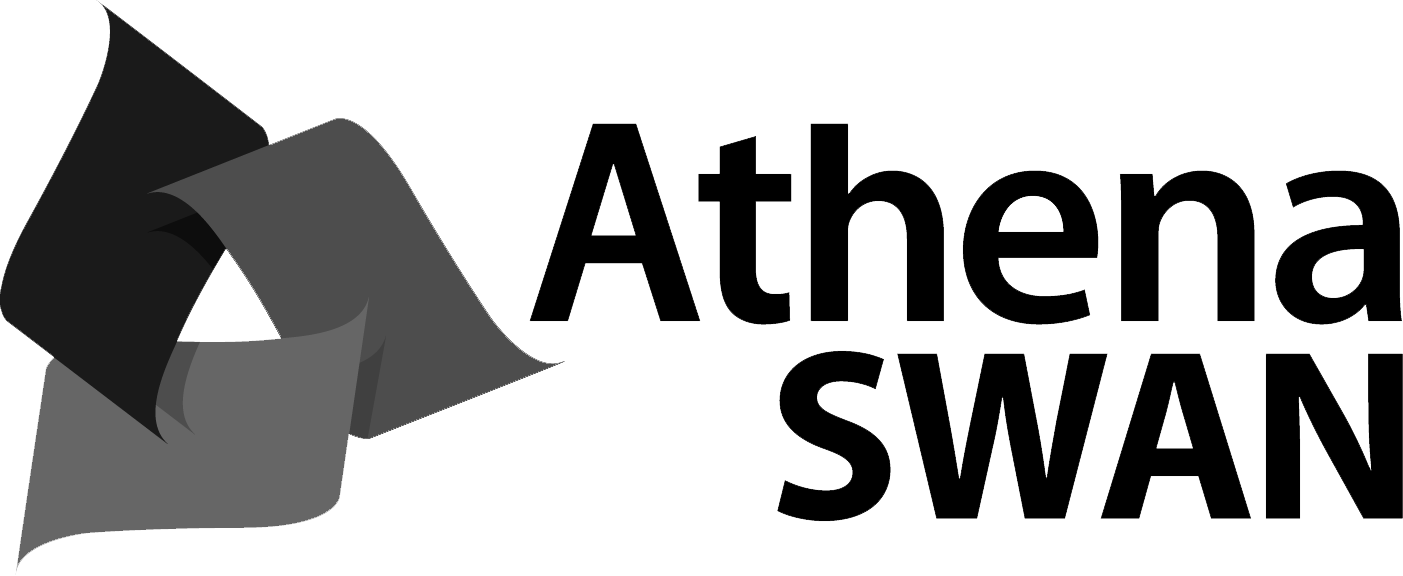Daylight can be used in buildings to reduce the energy spent on electric lighting and create aesthetically appealing interiors. Design decisions that affect the success of daylighting in a building span every phase of the design process, from site selection to the application of interior finishes. This unit discusses the role of daylight in indoor illuminated environments. Calculations to predict the quantity and distribution of daylight in spaces and predict the effects of shading devices are covered. Students learn about the local and global variables that influence daylight availability, recognize the challenges and opportunities with daylight in interior spaces, and the appropriate use of daylighting technologies. Modelling tools (Radiance based) will be used in order to assess the efficacy of selected daylight strategies.
Unit details and rules
| Academic unit | Architectural and Design Science |
|---|---|
| Credit points | 6 |
| Prerequisites
?
|
None |
| Corequisites
?
|
None |
|
Prohibitions
?
|
DESC9106 |
| Assumed knowledge
?
|
None |
| Available to study abroad and exchange students | Yes |
Teaching staff
| Coordinator | Ozgur Gocer, ozgur.gocer@sydney.edu.au |
|---|---|
| Lecturer(s) | Ozgur Gocer, ozgur.gocer@sydney.edu.au |





